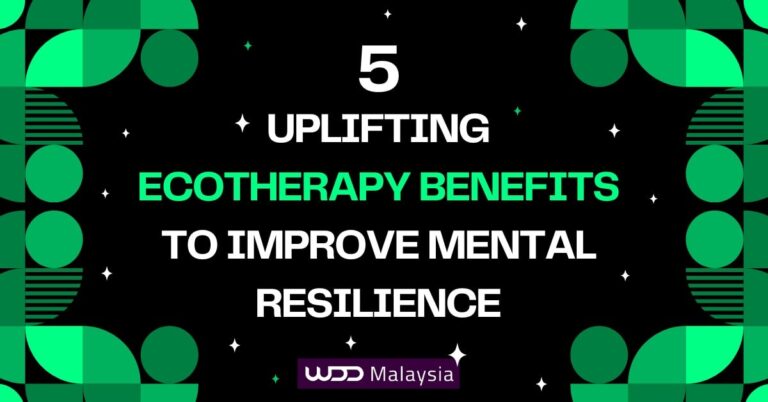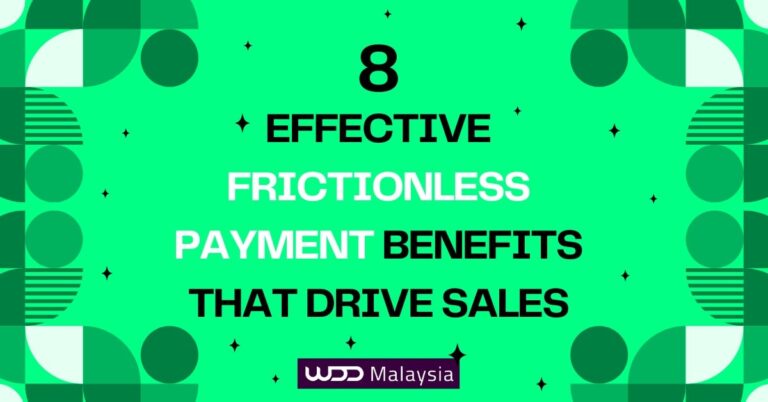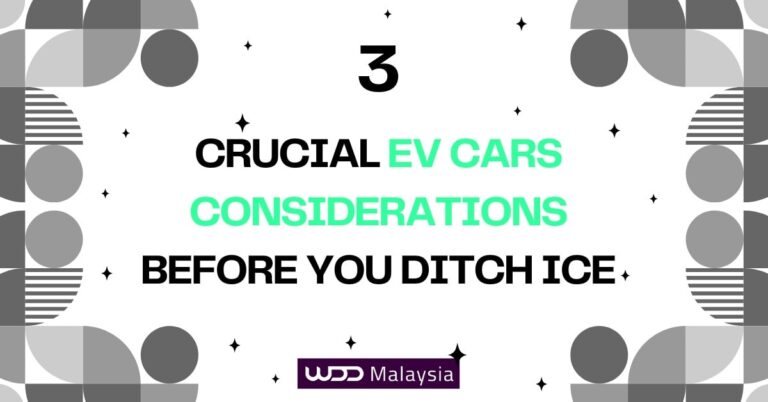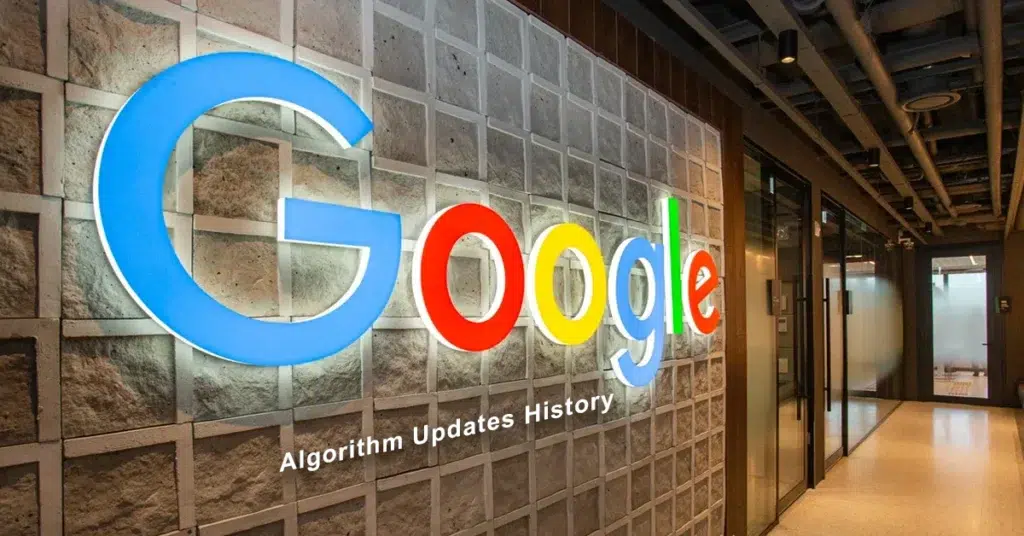
Photo by Blog.Google
Google’s search algorithm stands as the backbone of the internet’s information retrieval system. This algorithm determines how web pages rank in search results. Understanding the history of Google algorithm updates holds immense importance for SEO professionals and marketers. Algorithm changes can significantly impact website visibility and traffic.
Google constantly refines its algorithm to enhance its local search results, quality and user experience. The Google algorithm updates history reveals a continuous evolution of the core search algorithm aimed at delivering more relevant and accurate search results.
Understanding Google Algorithm Updates
What Are Google Algorithm Updates?
Google algorithm updates refer to the periodic changes made to Google’s search algorithm, the intricate system that determines how web pages are ranked and displayed in search results. These updates are designed to enhance the quality and relevance of search results, ensuring that users receive the most accurate and helpful information possible. By continuously refining its algorithm, Google aims to provide a better user experience and maintain the integrity of its search engine.
Definition and Purpose
Google algorithm updates are essential modifications to the search engine’s core algorithm, aimed at addressing specific issues or areas of improvement. These updates can target a variety of factors, such as combating spam, improving user experience, or enhancing the accuracy of search results. For instance, some updates focus on penalizing websites that use manipulative SEO tactics, while others aim to reward sites that provide high-quality, relevant content. The overarching goal of these updates is to ensure that users find the most valuable and trustworthy information when they search on Google.
Importance for SEO and Businesses
For SEO professionals and businesses, understanding Google algorithm updates is crucial. These updates can significantly impact website visibility and traffic, making it essential to stay informed and adapt SEO strategies accordingly.
By keeping up-to-date with the latest changes, businesses can ensure their websites comply with Google’s evolving standards, thereby maintaining or improving their search rankings. Ignoring these updates can lead to a drop in visibility, which can adversely affect traffic and, ultimately, business performance. Therefore, staying ahead of Google’s algorithm updates is key to achieving long-term success in search engine optimization.
The Birth of Google Algorithm
Early Days and Initial Google Algorithm History
The Founding of Google
Larry Page and Sergey Brin founded Google in 1998. The two Stanford University students aimed to create a better search engine. They wanted to organise the world’s information and make it universally accessible and useful. The name “Google” originated from the mathematical term “googol,” representing the number 1 followed by 100 zeros. This name reflected the founders’ mission to process vast amounts of data.
The First Algorithm: PageRank
PageRank served as Google’s first algorithm. Larry Page and Sergey Brin developed PageRank to rank web pages based on their importance. The algorithm evaluated the quantity and quality of links pointing to a page. Higher-quality links indicated greater relevance and authority. PageRank revolutionised search engines by prioritising user experience and delivering more accurate results. This innovation set Google apart from competitors.
The Need for Updates for Business and Marketing
Growth of the Internet
The internet experienced rapid growth in the early 2000s. More websites emerged, leading to increased competition for visibility. Businesses recognized the potential of online presence for marketing and sales. Google needed to update its algorithm to manage the expanding web and maintain search quality. Frequent updates ensured that users received the most relevant information.
Challenges in Search Quality
Spam and low-quality content posed significant challenges. Websites often used manipulative tactics to rank higher in search results. Recent Google updates have targeted expired domain abuse to reduce low-quality content in search results.
These practices degraded the user experience and undermined trust in search engines. Google responded by refining its algorithm to combat spam and improve search quality. Updates targeted specific issues, such as keyword stuffing and link schemes. These changes aimed to provide users with trustworthy and valuable content without manipulating search rankings.
Major Google Algorithm Updates by Year
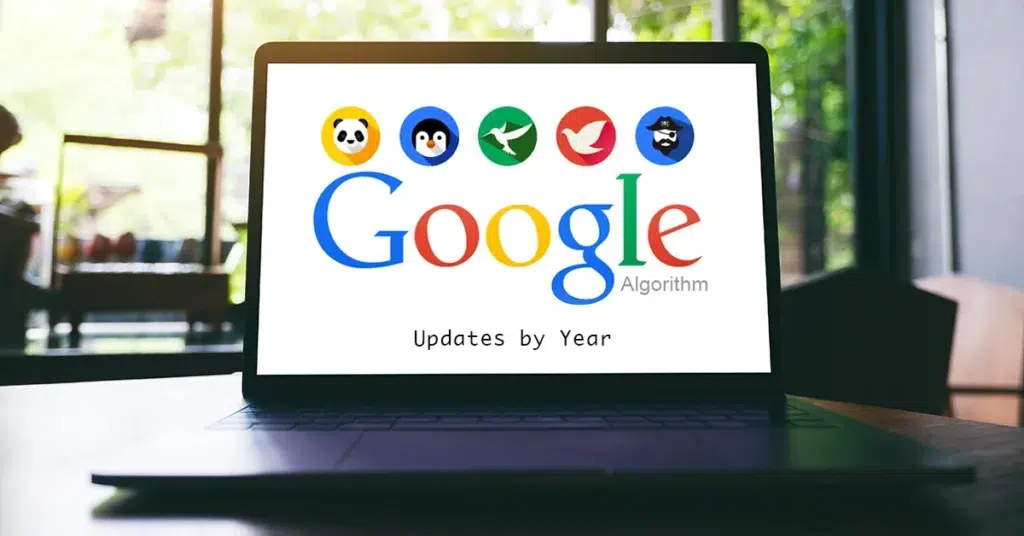
2000-2005 Core Updates
The Florida Update (2003)
The Florida Update marked a significant shift in Google’s approach to search engine optimization (SEO). Google launched this update in November 2003. The primary goal broad spam update aimed to combat manipulative SEO practices.
Many websites relied on keyword stuffing and hidden text to rank higher. Google’s algorithm was updated to target these tactics, resulting in a major shake-up in search rankings. Businesses relying on outdated SEO methods saw a drop in visibility. This update emphasised the need for ethical and user-focused SEO strategies.
The Brandy Update (2004)
Google introduced the Brandy Update in February 2004. This update expanded the concept of Latent Semantic Indexing (LSI). LSI allowed Google to understand the context and synonyms of keywords. The Brandy Update improved the algorithm’s ability to interpret user intent. Google also placed more importance on link relevance and anchor text. Websites with high-quality, contextually relevant links benefited from this update. The Brandy Update reinforced the need for comprehensive and context-aware content.
2006-2010 Core Updates
The Big Daddy Update (2006)
The Big Daddy Update rolled out in early 2006. Google focused on improving its infrastructure with this update. The primary aim involved enhancing how Google handled URL canonicalization and redirects. Big Daddy addressed issues related to duplicate content and spammy backlinks. Websites with poor link practices experienced a decline in rankings. This update highlighted the importance of clean and ethical link-building strategies.
The Vince Update (2009)
Google released the Vince Update in February 2009. This update favoured big brands in search results. Google aimed to provide users with trustworthy and authoritative sources. The Vince Update prioritised brand authority and trust signals. Small businesses and lesser-known websites faced challenges in maintaining visibility. This update underscored the significance of building brand reputation and authority in SEO.
2011-2015 Core Updates
The Panda Update (2011)
The Panda Update launched in February 2011. Google aimed to reduce the prevalence of low-quality content in search results. The update targeted content farms, thin content, and sites with high ad-to-content ratios. Websites with poor user experience saw a significant drop in rankings. The Panda Update emphasised the need for high-quality, valuable content. This update marked a shift towards prioritising user satisfaction in SEO.
The Penguin Update (2012)
Google introduced the Penguin Update in April 2012. The primary focus involved combating webspam and manipulative link-building practices. The update targeted websites engaging in black-hat SEO techniques. These techniques included keyword stuffing, cloaking, and link schemes. Websites using unethical practices experienced a sharp decline in rankings. The Penguin Update reinforced the importance of natural and ethical SEO practices.
2016-2020 Core Updates
The RankBrain Update (2015)
Google introduced the RankBrain update in 2015. RankBrain enhanced Google’s search capabilities using machine learning. This update allowed Google to better understand user queries. RankBrain improved the interpretation of complex and ambiguous search terms. Websites with relevant content saw an increase in visibility. SEO professionals needed to focus on creating high-quality, user-focused content. RankBrain marked a significant step towards more intelligent search algorithms.
The BERT Update (2019)
Google’s search capabilities in multiple languages were significantly enhanced with the BERT update in 2019. BERT stands for Bidirectional Encoder Representations from Transformers. The BERT update enables Google to understand the context of words in a sentence. This update improved the understanding of natural language queries. Google BERT helped deliver more accurate search results. SEO strategies needed to prioritise natural and conversational language. The BERT update emphasised the importance of context in search queries.
2021-Present Latest Google Algorithm Updates
The Page Experience Update (2021)
Google rolled out the Page Experience update in 2021. This update focused on user experience as a ranking factor. Google evaluated factors such as mobile-friendliness, safe browsing, and HTTPS. Websites providing a better user experience gained higher rankings. SEO professionals needed to optimise websites for user satisfaction. The Page Experience update highlighted the importance of a seamless and secure browsing experience.
The Core Web Vitals Update (2021)
Google introduced the Core Web Vitals update in 2021. Core Web Vitals measure aspects of website performance. These metrics include loading speed, interactivity, and visual stability. Google used these metrics to assess user experience. Websites meeting Core Web Vitals standards saw improved rankings. SEO practices needed to focus on technical optimization. The Core Web Vitals update underscored the need for fast and responsive websites.
Impact of Algorithm Updates on SEO Ranking

Changes in SERP Ranking Factors
Content Quality
Google algorithm updates have significantly influenced the quality of content in Google search results. High-quality content now plays a crucial role in search rankings. Google prioritises content that provides value to users. Content must be informative, well-researched, and relevant. Google penalises websites with thin or duplicate content. Websites must produce original and engaging content to rank higher. Google’s focus on user satisfaction drives the need for quality content and more relevant search results.
Backlinks
Backlinks remain a vital ranking factor in Google’s algorithm. Google values backlinks from authoritative and relevant sources. High-quality backlinks signal trust and credibility. Google penalizes websites with spammy or manipulative link-building practices. Websites must earn backlinks through ethical means. Google’s algorithm evaluates the context and relevance of backlinks. Effective backlink strategies enhance a website’s authority and visibility.
Evolution of SEO Strategies for Quality Contents
On-Page SEO
Google algorithm updates have reshaped on-page SEO strategies. On-page SEO involves optimising individual web pages to rank higher. Google emphasises the importance of keyword placement and density. Proper use of meta tags, headers, and alt text is essential. Google values well-structured and user-friendly content. Websites must ensure fast loading times and mobile compatibility. Google’s focus on user experience drives on-page optimization efforts.
Off-Page SEO
Off-page SEO strategies have evolved due to Google algorithm updates. Feedback from site owners influences visibility and rankings on search engine results pages following these updates. Off-page SEO focuses on activities outside the website to improve rankings. Google values social signals, brand mentions, and influencer endorsements. Building relationships with authoritative sites enhances off-page SEO. Google penalises manipulative tactics like link farms and paid links. Ethical and organic link-building practices are crucial. Google’s algorithm rewards websites with a strong online presence and reputation.
Strategies for Staying Ahead of Latest Google Updates

Regular Monitoring to Improve Page Ranking
Tools and Resources
SEO professionals must use various tools to monitor Google algorithm updates. Tools like Google Analytics and Google Search Console provide valuable insights. These tools help track website performance and identify issues. SEMrush and Ahrefs offer comprehensive SEO analysis. These platforms monitor backlinks, keywords, and competitors. Moz and Screaming Frog provide additional resources for technical SEO audits. Regular use of these tools ensures websites stay compliant with Google’s guidelines.
Industry News
Staying updated with industry news is crucial for understanding the impact of Google’s algorithm updates on search result rankings. Websites like Search Engine Journal and Moz Blog offer the latest information on Google algorithm changes. Following experts like Barry Schwartz and Danny Sullivan on social media provides real-time updates. Subscribing to newsletters from reputable SEO sources keeps professionals informed. Attending webinars and conferences offers deeper insights into industry trends. Regularly checking Google’s official blog ensures accurate information on new updates.
Adapting SEO Practices for Optimum Page Experience
Content Optimization
Content optimization remains vital for maintaining search rankings. High-quality content must address user intent and provide value. Using relevant keywords strategically enhances visibility. Ensuring content readability improves user engagement. Including multimedia elements like images and videos enriches the user experience. Regularly updating content keeps it fresh and relevant. Structured data helps search engines understand content better. Content optimization aligns with Google’s focus on user satisfaction.
Technical SEO
Technical SEO focuses on improving website infrastructure. Ensuring fast loading times enhances user experience. Mobile-friendliness remains a critical ranking factor. Secure websites using HTTPS gain higher trust from Google. Proper URL structure aids in better indexing by search engines. Fixing broken links and errors improves site health. Implementing schema markup helps search engines interpret content accurately. Regular technical audits ensure compliance with Google’s evolving standards.
Case Studies of Major Algorithm Impacts

Panda Core Update Case Study
Affected Websites
The Panda Update, introduced in February 2011, aimed to reduce the visibility of low-quality content. Many websites with thin content, high ad-to-content ratios, and poor user experience saw significant drops in rankings. Content farms, which produced large volumes of low-value articles, experienced severe penalties. Websites relying on duplicate or scraped content also faced substantial declines. The update targeted sites that failed to provide valuable and original information.
Recovery Strategies
Websites affected by the Panda Update needed to implement several recovery strategies. Improving content quality became the primary focus. Site owners invested in creating well-researched, informative, and engaging articles. Removing or updating low-quality pages helped in regaining lost rankings. Enhancing user experience through better site design and faster loading times proved essential. Regularly auditing content ensure ongoing compliance with Google’s standards. Utilising tools like Google Analytics provided insights into performance and areas needing improvement.
Penguin Core Update Case Study
Affected Websites
The Penguin Update, launched in April 2012, targeted manipulative link-building practices. Websites engaging in black-hat SEO techniques, such as keyword stuffing and link schemes, faced significant penalties. Sites with unnatural link profiles saw sharp declines in search rankings. Many businesses relying on purchased or spammy backlinks experienced a loss in visibility. The update emphasised the importance of ethical and natural link-building strategies.
Recovery Strategies
Recovery from the Penguin Update required a comprehensive approach. Website owners conducted thorough backlink audits to identify and remove harmful links. Disavowing toxic backlinks through Google’s Disavow Tool proved crucial. Building high-quality, relevant backlinks from authoritative sources helped restore rankings. Focusing on creating valuable content attracted natural links and improved site authority. Monitoring link profiles regularly ensured adherence to Google’s guidelines. Utilising Google Analytics allowed tracking of progress and effectiveness of recovery efforts.
Frequently Asked Questions (FAQs)
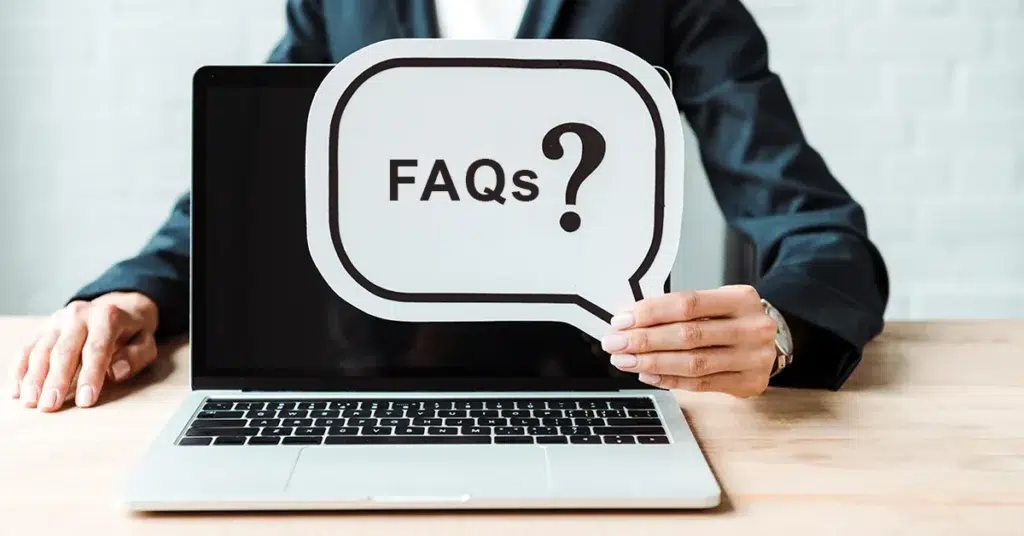
Common Questions about Algorithm Updates
How often does Google update its algorithm?
Google updates its algorithm frequently. Experts estimate that Google makes between 500-600 changes to its algorithm each year. These updates range from minor tweaks to major overhauls. Google aims to improve search quality and user experience with each update. SEO professionals must stay informed about these changes. Regular monitoring of industry news and official Google announcements is crucial.
What should I do if my site is affected?
If a site experiences a drop in rankings after a Google update, immediate action is necessary. First, conduct a comprehensive audit of the site. Identify areas that may not comply with Google’s guidelines. Focus on improving content quality and user experience. Remove or update low-quality pages. Ensure that the site follows ethical SEO practices. Use tools like Google Analytics and Google Search Console for insights. These tools help track performance and identify issues. Building high-quality backlinks from authoritative sources can also aid recovery. Regularly monitor the site’s performance to ensure ongoing compliance.
Additional Resources for SEO Professionals

Recommended Reading Materials on Google Updates
Books
“The Art of SEO” by Eric Enge, Stephan Spencer, and Jessie Stricchiola This book provides comprehensive insights into search engine optimization. It covers fundamental principles and advanced techniques. SEO professionals will find valuable strategies for improving website rankings on Google.
“SEO 2023” by Adam Clarke Adam Clarke’s book offers updated information on SEO practices. It includes actionable tips for adapting to Google algorithm updates. The book emphasises the importance of content quality and user experience.
“Google Semantic Search” by David Amerland David Amerland explores the impact of semantic search on SEO. The book explains how Google interprets user intent. It provides strategies for optimising content to align with Google’s understanding of context.
Articles
“A Complete Guide to Google Algorithm Updates” by Moz This article offers a detailed overview of major Google algorithm updates. It explains the significance of each update and its impact on SEO practices. SEO professionals can use this guide to stay informed about historical changes.
“How to Recover from a Google Penalty” by Search Engine Journal Search Engine Journal provides practical advice for recovering from Google penalties. The article outlines steps for identifying and addressing issues. It emphasises the importance of ethical SEO practices and continuous monitoring.
“Understanding Google’s Core Web Vitals” by SEMrush SEMrush explains the metrics that Google uses to evaluate user experience. The article provides tips for optimising websites to meet Core Web Vitals standards. It highlights the importance of technical SEO in achieving higher rankings.
Online Courses and Certifications
SEO Courses
“SEO Training Course” by Moz Moz offers a comprehensive SEO training course. The course covers keyword research, on-page optimization, and link building. It includes practical exercises to help professionals apply learned concepts. Moz’s course aligns with Google’s best practices.
“Advanced SEO Certification” by Market Motive Market Motive provides an advanced SEO certification program. The program includes modules on technical SEO, content strategy, and analytics. It prepares professionals for handling complex SEO challenges. The certification is recognized by industry leaders.
“SEO Fundamentals” by SEMrush Academy SEMrush Academy offers a free course on SEO fundamentals. The course covers essential topics such as keyword research and site audits. It provides a solid foundation for beginners and a refresher for experienced professionals. SEMrush’s course reflects current Google guidelines.
Google Certifications
“Google Analytics Certification” Google offers a certification program for Google Analytics. The program teaches professionals how to track and analyse website performance. It covers setting up goals, creating reports, and interpreting data. Google Analytics certification enhances an SEO professional’s skill set.
“Google Ads Certification” Google provides a certification program for Google Ads. The program covers creating and managing effective ad campaigns. It includes modules on keyword targeting, bidding strategies, and performance measurement. Google Ads certification demonstrates expertise in paid search marketing.
“Google Cloud Certification” Google Cloud offers certifications for various cloud services. The certifications cover topics such as cloud architecture, data engineering, and security. Google Cloud certification validates skills in managing cloud-based solutions. It is beneficial for SEO professionals working with cloud databases and ERP systems.
Future of Google Algorithm Updates

Predicted Trends for New User Experience
AI and Machine Learning
Google continues to integrate AI and machine learning into its search algorithm. AI helps Google understand complex queries and deliver accurate results. Machine learning enables Google to adapt to changing search patterns. These technologies improve the relevance of search results. Google uses AI to analyse user behaviour and preferences. This analysis helps Google refine its ranking factors. AI-driven updates will likely become more frequent. SEO professionals must stay updated on AI advancements.
User Experience
User experience remains a top priority for Google. The search engine evaluates websites based on user satisfaction. Factors like page load speed and mobile-friendliness impact rankings. Google emphasises secure browsing through HTTPS. Websites offering a seamless experience gain higher visibility. Google uses Core Web Vitals to measure user experience. These metrics include loading speed, interactivity, and visual stability. Enhancing user experience aligns with Google’s goals. SEO strategies must prioritise user-centric design.
Preparing for Future Changes and Impact
Staying Informed
Staying informed about Google updates is crucial. SEO professionals should follow industry news and expert opinions. Websites like Search Engine Journal provide valuable insights. Google’s official blog offers updates on algorithm changes. Social media channels also share real-time information. Attending webinars and conferences enhances knowledge. Networking with other SEO professionals provides additional perspectives. Regularly checking these sources ensures up-to-date information.
Continuous Learning
Continuous learning is essential in the evolving SEO landscape. SEO professionals should invest in ongoing education. Online courses offer updated information on SEO practices. Certifications from Google validate expertise. Books and articles provide in-depth knowledge. Practical experience helps apply learned concepts. Regularly updating skills ensures compliance with Google’s standards. Continuous learning prepares professionals for future challenges.
Google Algorithm Update Timeline at a Glance
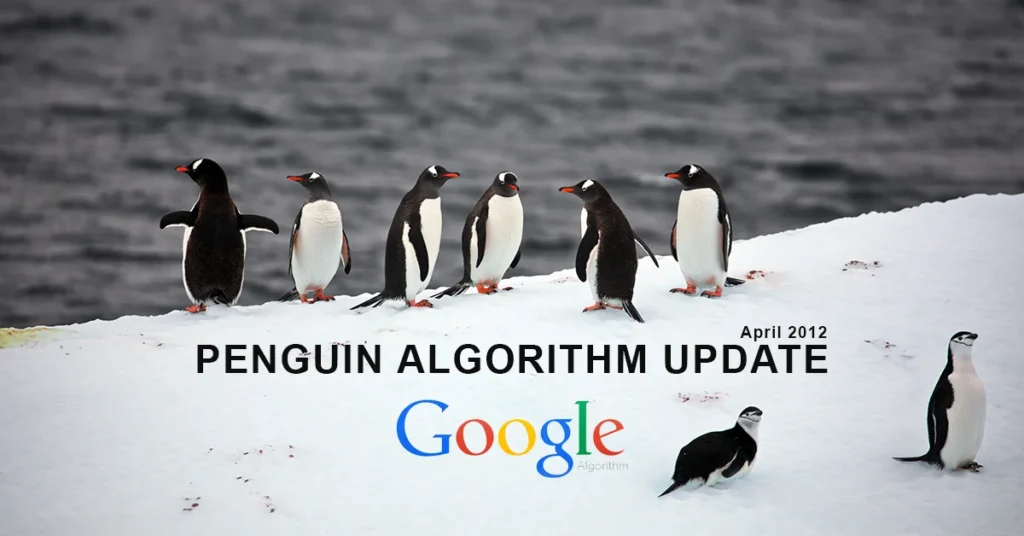
Notable History of Google Algorithm Updates
The Panda Algorithm Update
Google introduced the Panda Algorithm Update in February 2011. This update aimed to reduce the visibility of low-quality content in search results. Content farms and sites with high ad-to-content ratios experienced significant ranking drops. Websites with thin or duplicate content faced penalties. The Panda Algorithm Update emphasised the importance of original, valuable content. SEO professionals needed to focus on user satisfaction and content quality.
The Penguin Algorithm Update
Google launched the Penguin Algorithm Update in April 2012. This update targeted manipulative link-building practices. Websites using black-hat SEO techniques saw sharp declines in rankings. Keyword stuffing, cloaking, and link schemes became major issues. The Penguin Algorithm Update reinforced the need for ethical SEO practices. High-quality, natural backlinks gained importance. SEO strategies had to adapt to avoid penalties and maintain visibility.
Recent Google Core Algorithm Update
The Helpful Content Update
Google rolled out the Helpful Content Update in August 2022. This update focused on improving the quality of content in search results. Google aimed to reward websites providing useful and informative content. Sites with low-value or unhelpful content saw a decline in rankings. The update encouraged content creators to prioritise user needs. High-quality, relevant content became crucial for maintaining search visibility.
The Product Review Algorithm Update
Google introduced the Product Review Algorithm Update in April 2021. This update targeted websites with low-quality product reviews. Google aimed to promote in-depth, well-researched and high quality product reviews only. Sites with thin or biassed reviews experienced ranking drops. The update emphasised the importance of transparency and expertise in product reviews. Detailed, honest reviews gained higher visibility. SEO professionals needed to ensure the credibility of review content.
Assertive Google Core Algorithm Update
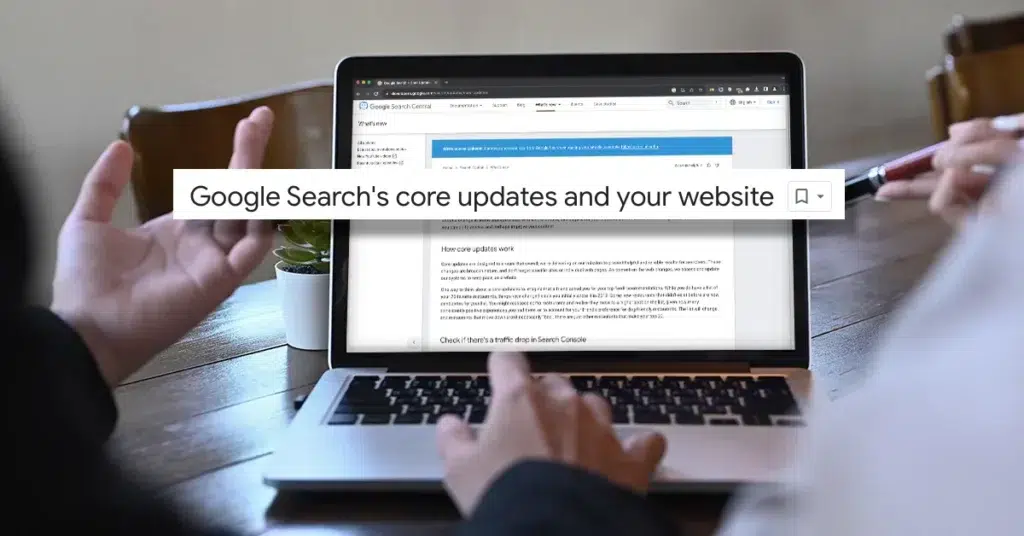
Broad Core Updates
Impact on SEO
Google frequently releases Broad Core Updates. These updates significantly impact search engine optimization (SEO). Core updates involve large changes to Google’s search algorithms. These changes aim to improve search results quality. Websites often experience fluctuations in rankings. High-quality content becomes more crucial. Google prioritises user-focused and relevant content. Websites with outdated or thin content may see a drop in visibility. SEO professionals must adapt to these changes. Regularly updating content helps maintain rankings.
Recovery Strategies
Recovering from a Broad Core Update requires strategic actions. First, conduct a thorough audit of the website. Identify areas needing improvement. Focus on enhancing content quality. Ensure that content provides value to users. Remove or update low-quality pages. Building high-quality backlinks proves essential. Google values links from authoritative sources. Monitor website performance using tools like Google Analytics. Regularly check for compliance with Google’s guidelines. Staying informed about future updates helps in maintaining visibility.
Spam Updates
Google Spam Update
Google periodically releases spam updates. These updates target websites engaging in spammy practices. Spam updates aim to improve search quality. Websites using manipulative tactics face penalties. Keyword stuffing and cloaking are common issues in search spam. Google penalises sites with unnatural link profiles. Ethical SEO practices become crucial. High-quality content and natural links help maintain rankings. Monitoring link profiles regularly ensures compliance. Tools like Ahrefs and SEMrush provide valuable insights.
Link Spam Update
The Link Spam Update focuses on combating spammy backlinks. Google targets websites with manipulative link-building practices. Purchased or irrelevant links lead to penalties. Building natural and relevant backlinks becomes essential. Google values links from credible sources. Websites must avoid link farms and paid links. Regular audits of backlink profiles prove beneficial. Disavowing toxic links helps in recovery. Maintaining ethical link-building practices ensures long-term success.
Stay Relevant with Original Google Algorithm & Reviews Update

Core Algorithm Update
Broad Core Algorithm Update
Google frequently rolls out Broad Core Algorithm Updates. These updates involve significant changes to Google’s search algorithms. The updates aim to improve the quality of search results. Websites often experience fluctuations in rankings during these updates. High-quality content becomes crucial for maintaining visibility. Google prioritises user-focused and relevant content. Websites with outdated or thin content may see a drop in rankings. SEO professionals must adapt to these changes to maintain visibility.
Core Update Frequency
The frequency of which Google announced its algorithm updates is high. Google makes between 500-600 changes to its algorithm each year. These updates range from minor tweaks to major overhauls. Google announced core updates several times a year. Regular monitoring of industry news and official Google announcements is crucial. SEO professionals must stay informed about these changes. Google Search Central Blog provides valuable insights into these updates.
Future Google Algorithm Updates
Predicted Changes
AI and machine learning will play a significant role in future Google algorithm updates. Google uses AI to understand complex queries and deliver accurate and relevant search results first. Machine learning enables Google to adapt to changing search patterns. These technologies improve the relevance of search results. Google analyses user behaviour and preferences to refine its ranking factors. AI-driven updates will likely become more frequent. SEO professionals must stay updated on AI advancements.
Preparing for Future Updates
Staying informed about Google updates is crucial. SEO professionals should follow industry news and expert opinions. Websites like Google Search Central Blog offer valuable insights. Google Search Liaison announced updates on social media channels. Attending webinars and conferences enhances knowledge. Networking with other SEO professionals provides additional perspectives. Regularly checking these sources ensures up-to-date information.
Continuous learning is essential in the evolving SEO landscape. SEO professionals should invest in ongoing education. Online courses offer updated information on SEO practices. Certifications from Google validate expertise. Books and articles provide in-depth knowledge. Practical experience helps apply learned concepts. Regularly updating skills ensures compliance with Google’s standards. Continuous learning prepares professionals for future challenges.
Keeping Yourself Updated with Google Algorithm as a SEO Professional

Understanding Google algorithm updates remains crucial for SEO professionals. These updates directly impact website visibility and traffic. Staying ahead in SEO requires continuous learning and adaptation. SEO strategies must align with Google’s evolving standards. Utilising the provided resources ensures compliance and enhances expertise. Regular monitoring of industry news and tools aids in maintaining search rankings. High-quality content and ethical practices remain essential for long-term success.
Conclusion on Core Algorithm Update
Summary of Key Points
In conclusion, Google algorithm updates are a fundamental aspect of the search engine’s ongoing efforts to enhance the quality and relevance of search results. By understanding the purpose and importance of these updates, SEO professionals and businesses can effectively adapt their strategies to comply with Google’s evolving standards and maintain their search rankings. Key points to remember include:
Google algorithm updates are designed to improve the quality and relevance of search results.
These updates can significantly impact website visibility and traffic.
Staying up-to-date with the latest algorithm updates is essential for SEO professionals and businesses.
Adapting SEO strategies to comply with Google’s evolving standards is crucial for maintaining search rankings.
High-quality content and ethical practices are essential for long-term success in search engine optimization.
By focusing on these key areas, businesses can navigate the complexities of Google’s algorithm updates and achieve sustained success in the ever-evolving landscape of search engine optimization.


